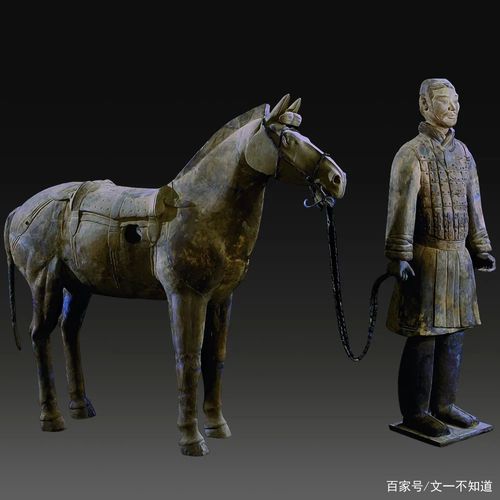
The Army of Terracotta: An Exploration of Numbers
Deep within the heart of China lies a testament to the power and grandeur of the Qin dynasty: the Terracotta Army. This vast collection of life-sized terracotta figures depicts the armies of Qin Shi Huang, the first emperor of China. But just how vast is this army? Let's delve into the numbers behind this historical marvel.
A Sea of Soldiers: More Than Just Infantry
The most striking aspect of the Terracotta Army is undoubtedly the sheer number of soldiers it comprises. While initial discoveries suggested figures in the thousands, updated estimates from 2007 paint a more impressive picture. Experts believe the three main pits housing the Terracotta Army contain over 8,000 soldiers. These figures represent a variety of military ranks and roles, showcasing the complexity and organization of the Qin army.
- Varied Ranks and Roles: The army isn't just a monolithic mass of foot soldiers. Archaeologists have identified different ranks within the infantry, from high-ranking generals adorned with elaborate armor to standard bearers and archers. Each figure's attire and pose offer clues to their role in Qin Shi Huang's army.
Beyond the Infantry: Chariots and Cavalry
The Terracotta Army is far more than just a collection of foot soldiers. It encompasses the full might of the Qin military machine, including chariots and cavalry.
-
Chariots of War: An estimated 130 chariots, each pulled by four horses (totaling 520 horses), have been unearthed. These chariots, often elaborately decorated, were the chariots of war, designed for both shock assaults and command and control on the battlefield.
-
The Cavalry Contingent: In addition to chariot horses, archaeologists have discovered approximately 150 individual cavalry horses. These figures are notable for their lifelike poses and the detail given to their saddles and tack.
Preservation and the Future of Discovery
A significant portion of the Terracotta Army, including the majority of the figures mentioned above, remain in situ. This means they are still in their original locations within the pits, undisturbed since their burial over two millennia ago. This careful preservation ensures that future generations will have the opportunity to marvel at this ancient wonder.
Q&A
1. Are all of the Terracotta Army figures identical?
No, the figures are incredibly diverse. While they are all life-sized, they showcase a range of facial features, hairstyles, and uniforms, reflecting the different ranks, roles, and even ethnicities within Qin Shi Huang's army.
2. Why were the Terracotta Army figures buried with the emperor?
It's believed that the figures were intended to serve as guardians for Qin Shi Huang in the afterlife, protecting him and enabling him to conquer in the next world just as he had in life.
3. Are there any plans to excavate more of the Terracotta Army?
While there are undoubtedly more figures to be discovered, archaeologists are proceeding with caution. The focus is currently on preserving the existing figures and developing new techniques to protect the delicate pigments and materials from deterioration once exposed to the air.